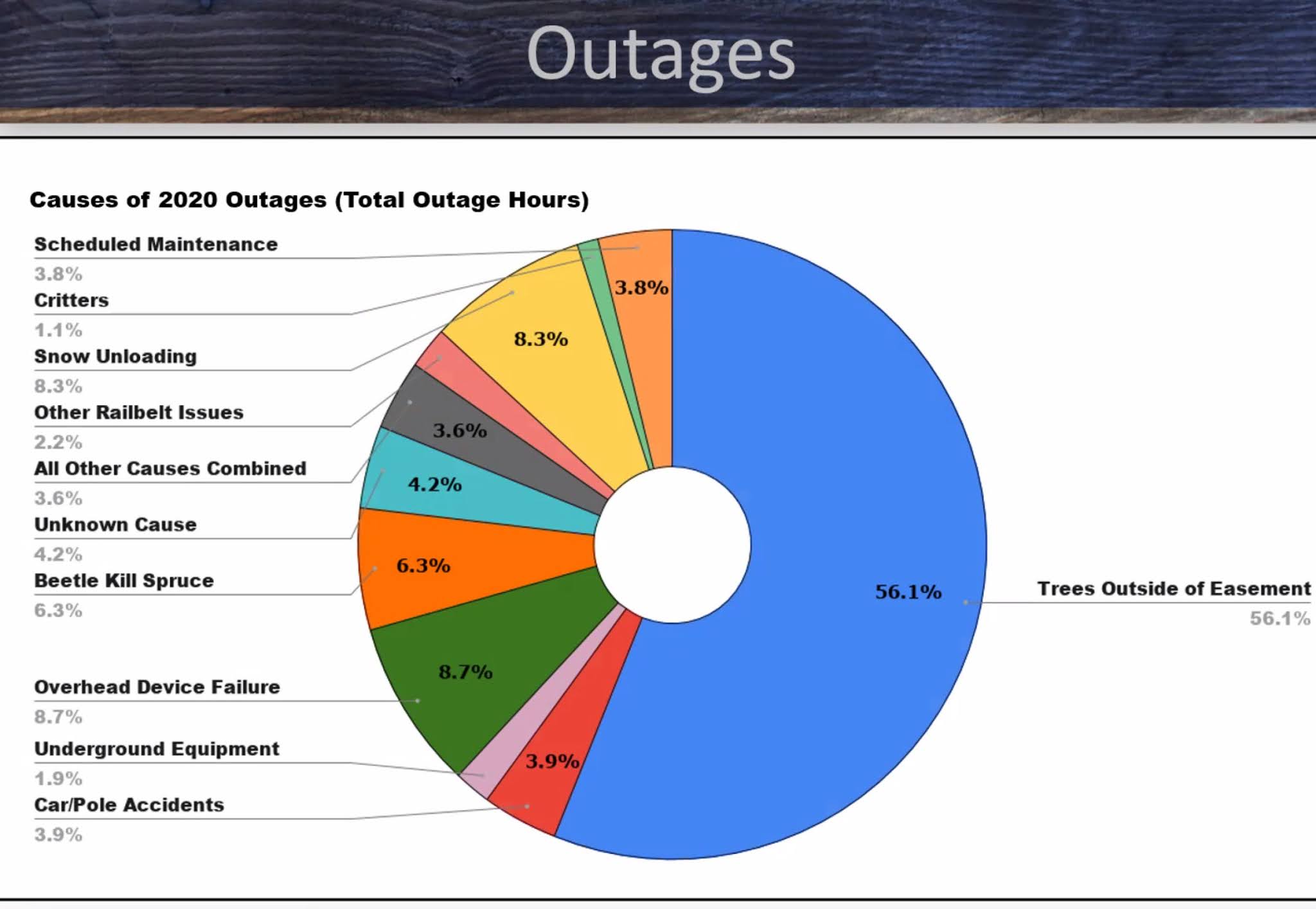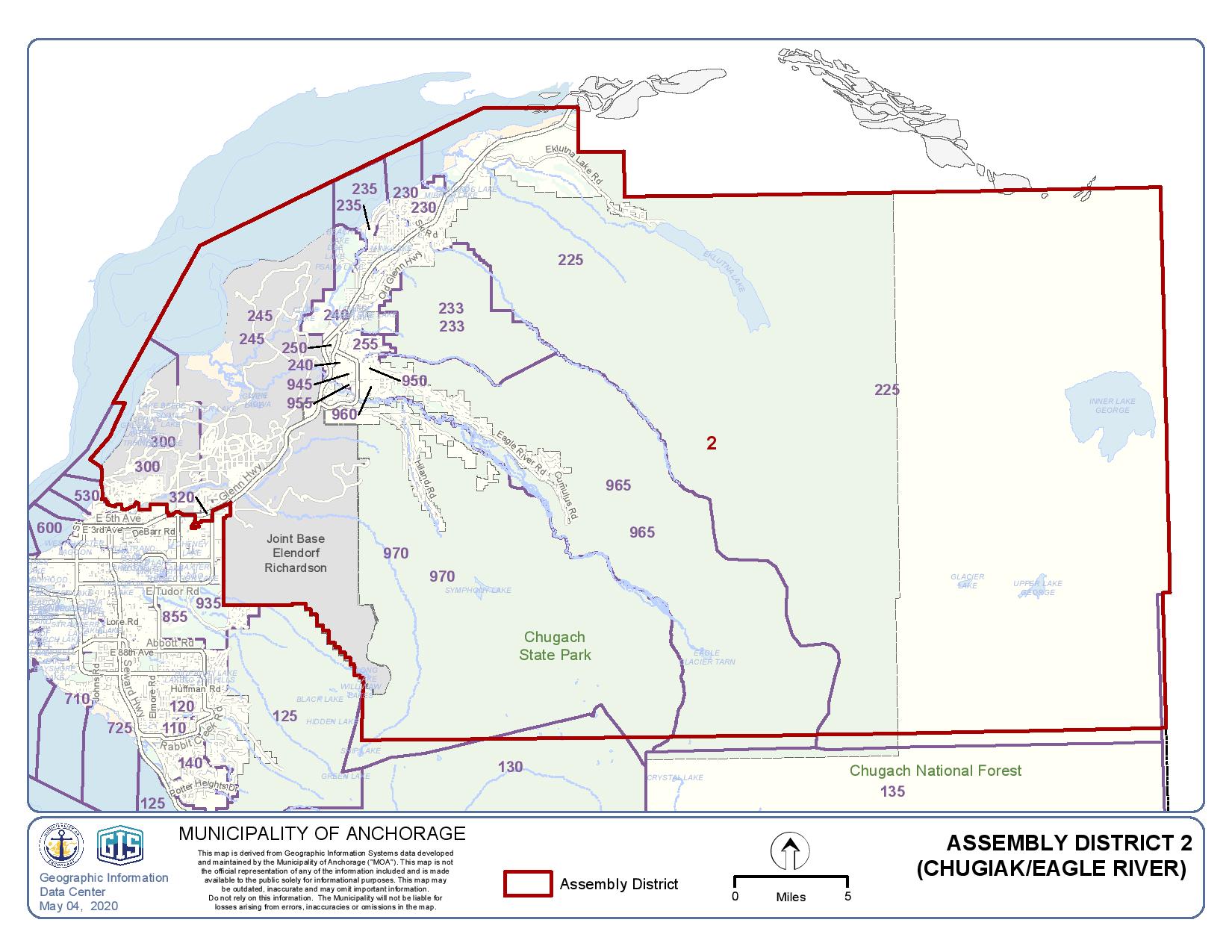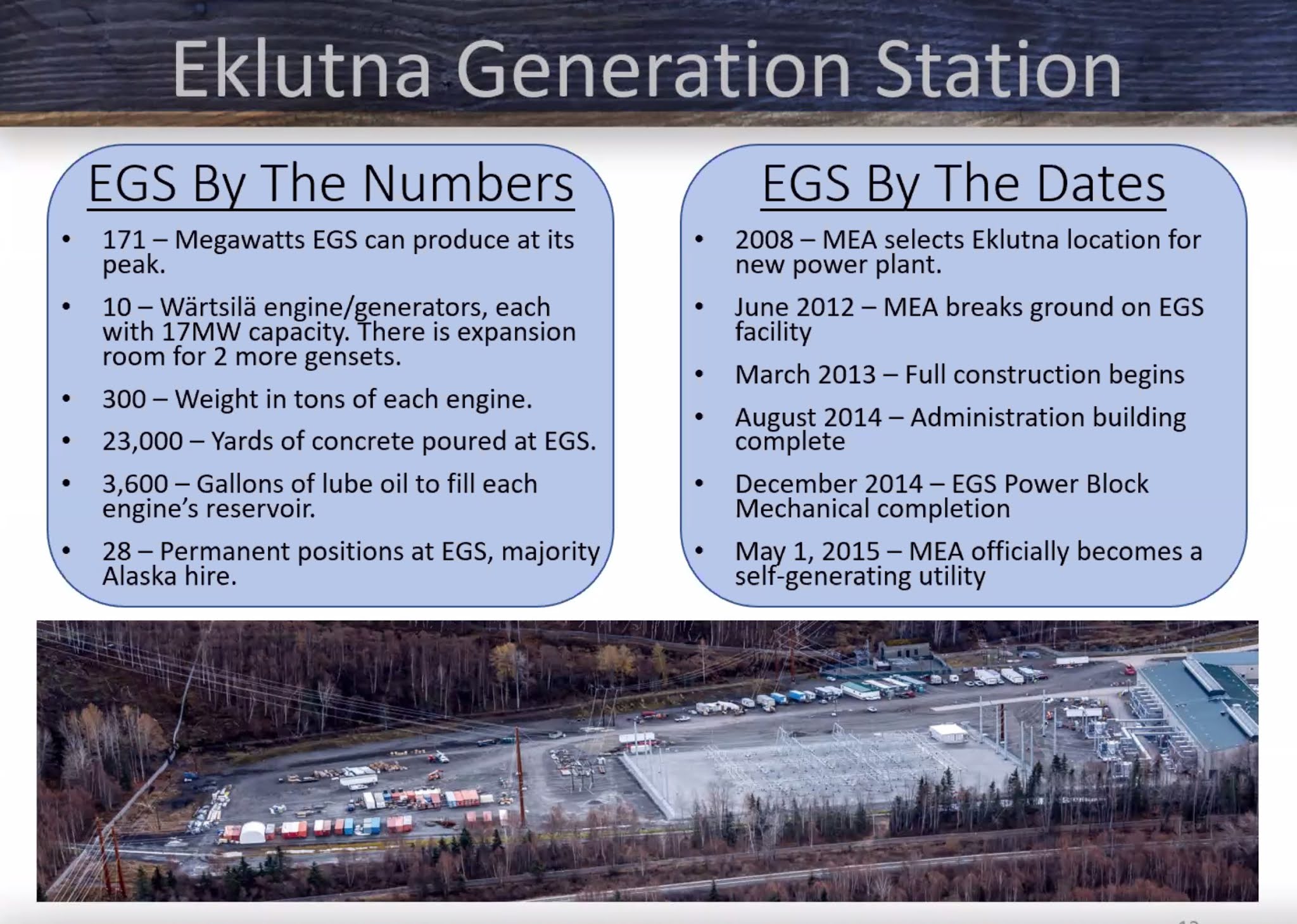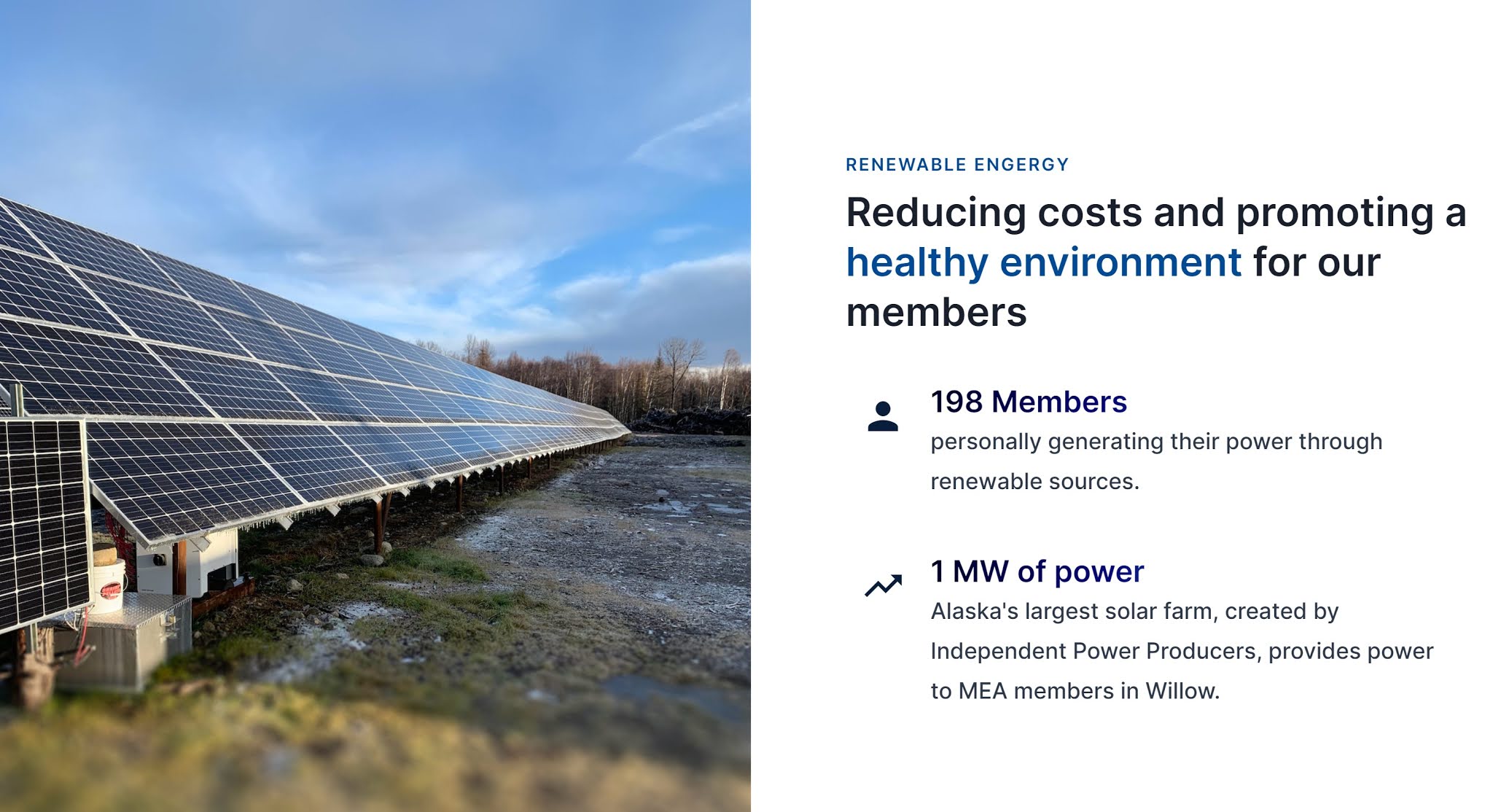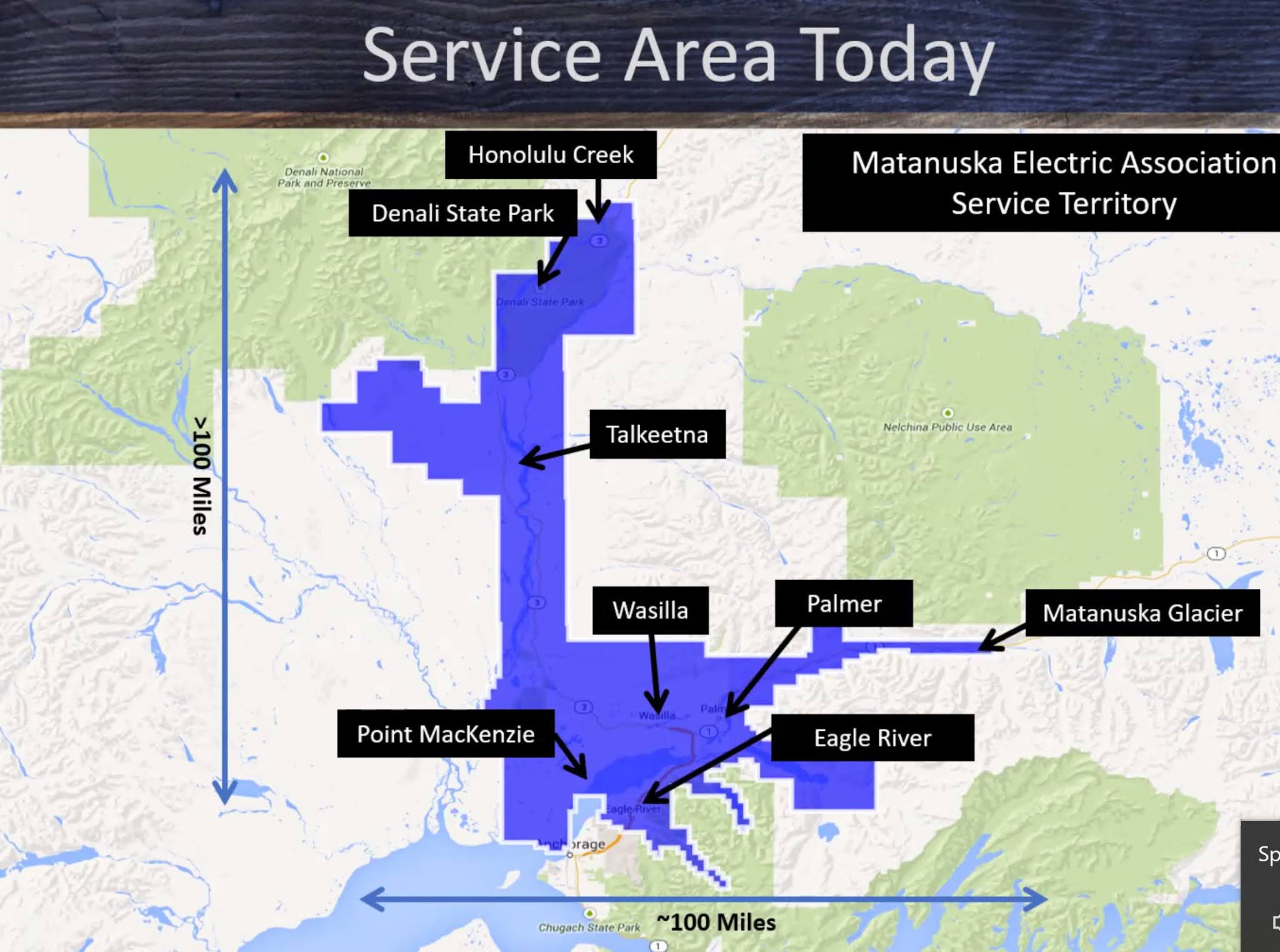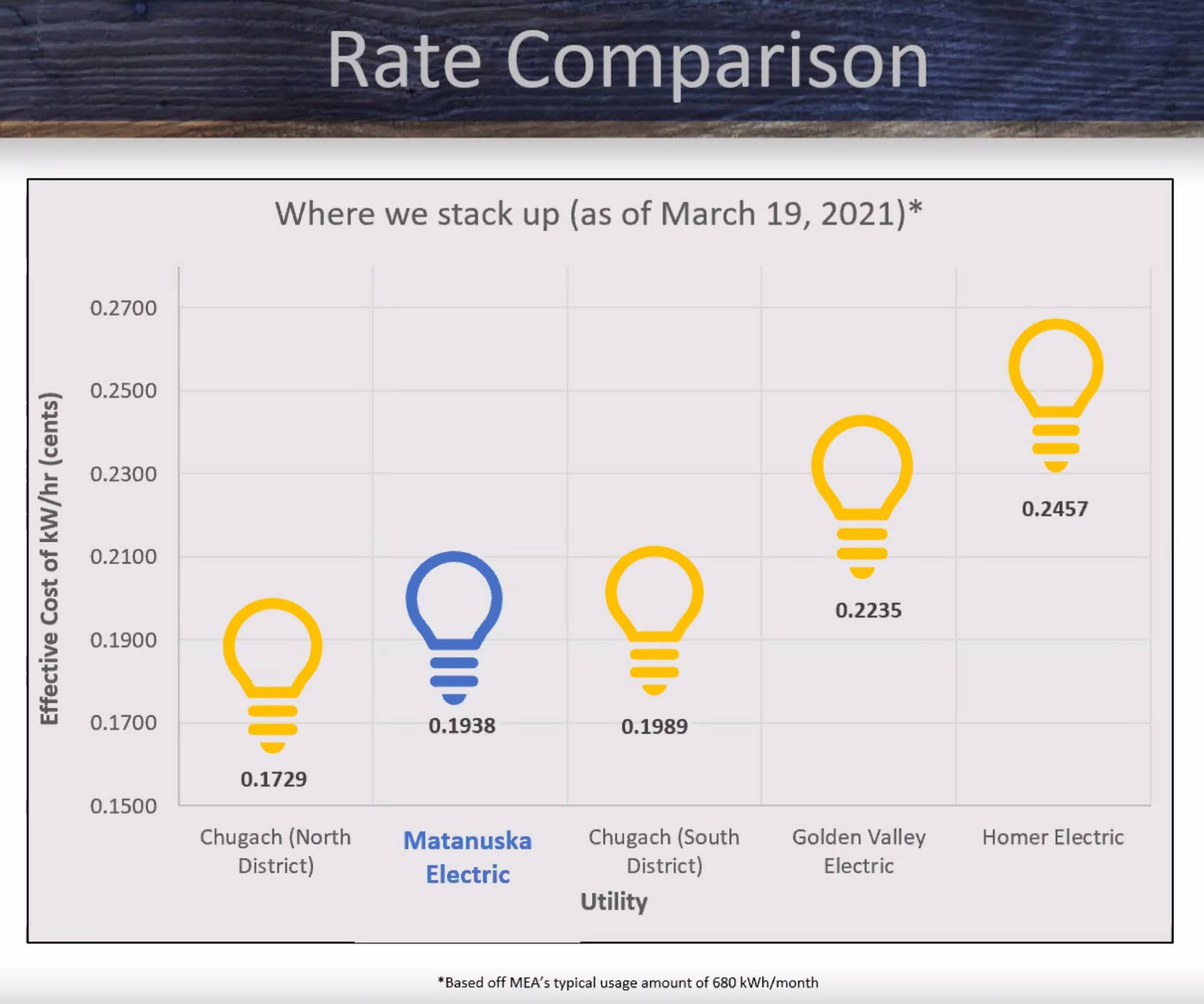MEA Serves Eagle River Well
(2021©donnliston.co)
When Chugach/Eagle River wanted electrical power, at a time when the community was sleepy but growing, Municipal Light and Power (ML&P) didn’t want the bother of hooking us up from Anchorage. A Chugiak area activist, Justine Parks took the steps to involve Matanuska Electric Association (MEA) in delivering power to local residents at a time when the co-op was very young and vulnerable. Mrs. Parks had been active
in establishing the first schools in this area, too. [1]
* * * * * * * * * * * * * * * * * * * * * * * * * * * * * * * * * * * * * * * * * * *
MEA Electrical Co-operative members in Eagle River have recently received ballots in the mail for the upcoming Board of Directors election. Information about my candidacy is lasted in the booklet provided. All of these people are good people who are willing to serve. I ask for your vote because I think with my experience I can best represent the interests of our community at this time. I welcome your questions and as a board member I will be available and transparent in what MEA is doing to promote reliability and economic efficiency. I believe those are the issues that matter to ratepayers.
* * * * * * * * * * * * * * * * * * * * * * * * * * * * * * * * * * * * * * * * * * *
Today the area of the Municipality of Anchorage, known as Assembly District 2 (AD2), is very fortunate to have MEA as our energy provider. The Municipality of Anchorage-owned ML&P has recently been sold to the Chugach Electric Association (CEA) co-op, and local politicians in the mudflats appear more interested in spending money from the sale for items on their hidden agendas than in reducing property tax burdens on residents.
CEA used to supply power to MEA before MEA decided to lower rates to consumers over the long run buy capitalizing a new state-of-the art Eklutna Generation Station. This is the crown jewel of the Southcentral Alaska Electrical grid.
Building the Eklutna Generation Station was a statregic financial stretch that today is paying dividends for MEA ratepayers.
In a recent zoom meeting with this writer, MEA CEO Tony Izzo explained how the organization works non-stop to deliver reliable power to members, while reducing costs, stabilizing rates, and providing the highest level of customer service.
I have experienced this personally as an MEA member and electrical service ratepayer at two locations.
“In the past an electrical utility would only receive media coverage if somebody was electrocuted,” explained Izzo. “But today, with social media, we have many interests who think we should do something more than deliver power in the most efficient manner. I have seen this change in my more than 40 years in the business.”
I am learning all about our Southcentral Alaska electrical power grid as a candidate for the Eagle River seat on the MEA Board. Only MEA members in Eagle River will be able to vote for me but I cannot resist sharing the feeling of gratitude I have for a member-owned cooperative electrical provider that is run on common sense and professional exceptionalism.[2]
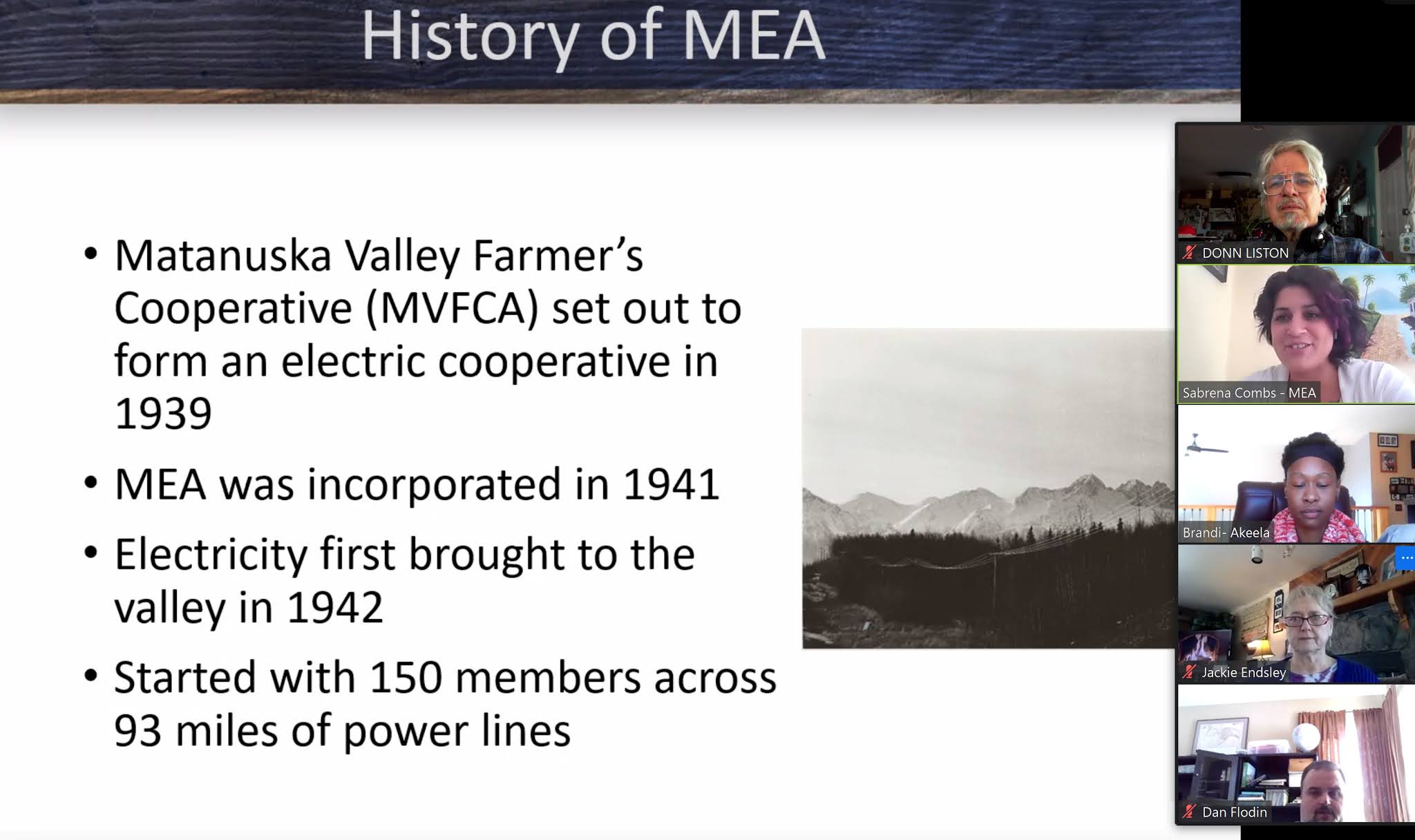 |
| This is a screenshot from a recent meeting with candidates to discuss the MEA System. |
From the MEA Web site:
Matanuska Electric Association, Inc., Alaska’s oldest existing and second-largest electric cooperative, is owned and operated by its 51,000 members. MEA’s service area covers approximately 4,500 miles of power lines in Southcentral Alaska.
MEA is governed by bylaws and articles of incorporation that are voted on and approved by the membership. Elections are held each spring as part of the annual meeting process; members of the seven-seat Board of Directors are elected then.
I am old school, I think a regulated electrical utility must be dedicated to providing the most dependable source of electric power at the most efficient means possible. I don’t see this as a place for spurious ideological fads. If individual members want to supplement reliable MEA power with something else, that’s fine, but ratepayer/members should not have to subsidize alternate energy.
That is what Chugach Electrical members are doing with windmills on Fire Island. By contrast MEA provides opportunities for members who wish to pay for their own alternative energy sources to reduce their own bills through “Net Metering.”
If we had commercial companies competing for business, as occurs in Texas, our electrical cost profile would be different. According to Izzo Texas ratepayers saved some $3 Billion with such competition, but when storms overwhelmed the system it cost $10 Billion to fix. Our Alaska co-op model allows guys like me to run for the board, maybe get to participate in policy deliberations according to what I believe is in the best interest of a majority of Eagle River residents, and report back on what I see as successes vs. challenges.
The MEA Board of Directors held a Special Meeting on Wednesday, March 24, 2021 beginning at 9:00 a.m. to discuss Carbon Reduction Plans. I listened to testimony from a range of participants–from seasoned engineers urging a practical approach to environmental activists saying the utility should be paying for solar panels on every member’s home. I don’t think MEA should go to great expense to reduce our carbon output until it has a realistic economic return on investment, and I am not convinced that this is an immediate challenge requiring increased costs to MEA ratepayers.
The irony of calling for reduction in Fossil fuel use, in a state where we have paid for 80% of our government over more than 40 years with petrodollars, is not lost on me. I remember when Alaska was broke. Fossil fuels have improved Alaskan lifestyle in monumental ways, as it has for civilization around the world, by fueling abundance. Our need for transportation and home heating in Alaska will continue in the foreseeable future. Technology will determine whether certain alternative energy sources can be used for specialized needs, but electrical power is essential to our way of life. The Beluga Gas Field provides the power to electrify this entire region.
MEA is estimating a 3% reduction in fossil fuel generation in 2021 due to an increase in available hydro generation resources. If we had more dams in Alaska we might have even cheaper and cleaner electrical power.
By contrast, members of Chugach Electric Association (CEA) pay as much as one dollar per month each to subsidize those Fire Island eyesores supplying erratic power. By contrast, MEA pays the going rate or less for power from the Willow Solar Farm when such alternative power is available. The old Eklutna Hydro Plant still provides power from which MEA benefits.
Let’s savor our bounty: That new CEA generation plant along Glenn Highway leaving Anchorage has two turbo generators that stand on their ends like jet engines. They produce most efficiently when they are at 100 percent output. Anchorage doesn’t need 100 percent of the output at that facility all of the time so the loads have to be balanced between the dual-fuel Eklutna Plant and the gas only CEA generator. If the gas gets cut, they are dead.
According to the CEA Website (excerpted):
Beginning in January 2021, Chugach’s electric rates are decreasing for all customer classes. This is the first rate change following Chugach’s acquisition of ML&P.
Chugach has two rate districts: North and South. The North District is the ML&P legacy service area and the South District is the Chugach legacy service area.
As a result of the recent sale of ML&P, the Municipality of Anchorage is subsidizing feepayers $36 million to reduce electric bills.
The larger reduction to Chugach North District members is primarily attributed to the rebate provided by the MOA in the utility sale that returns equity contributions realized from ML&P legacy members. The rebate totals $36 million and is being provided as an offset to North District member rates through 2023. [2]
The sale of ML&P has been beneficial to MEA too.
Year with another rate decrease
January 11, 2021
Palmer, AK – MEA members will begin the first quarter of the new year with an overall rate decrease due to some noteworthy changes at their local electric co-op. In an ongoing effort to keep rates stabilized, MEA’s Board of Directors voted for no change in base rates, which were the lowest among the Railbelt utilities in
2020. Additionally, the Cost of Power Adjustment (COPA) rate decreased nearly 6.5% in the first quarter of 2021. This larger decrease in the COPA rate came from an increase in economy energy sales to other utilities and MEA’s increased share in economic power sources as a result of the ML&P sale including more access to cheaper power produced from the Eklutna Hydro source
And, nobody is getting their electrical bills subsidized at MEA.
I believe we are fortunate in Eagle River to have MEA as our electrical power supplier, and I understand why the early efforts to distinguish this community from Anchorage were so necessary. The reliable electricity we all enjoy is part of what makes living in this community so meaningful as I reflect on the Alaskan lifestyle and people I have known. If you are a member of MEA in Eagle River I would appreciate your vote. If I am elected I promise to let my friends and neighbors know what our electrical co-op is doing to serve our interests. I ask a lot of questions and make decisions based on facts.
Thank you for your consideration.
References:
[1] https://www.echoak.com/2016/10/schools-never-ending-challenge/
[2] Statement of Candidacy


